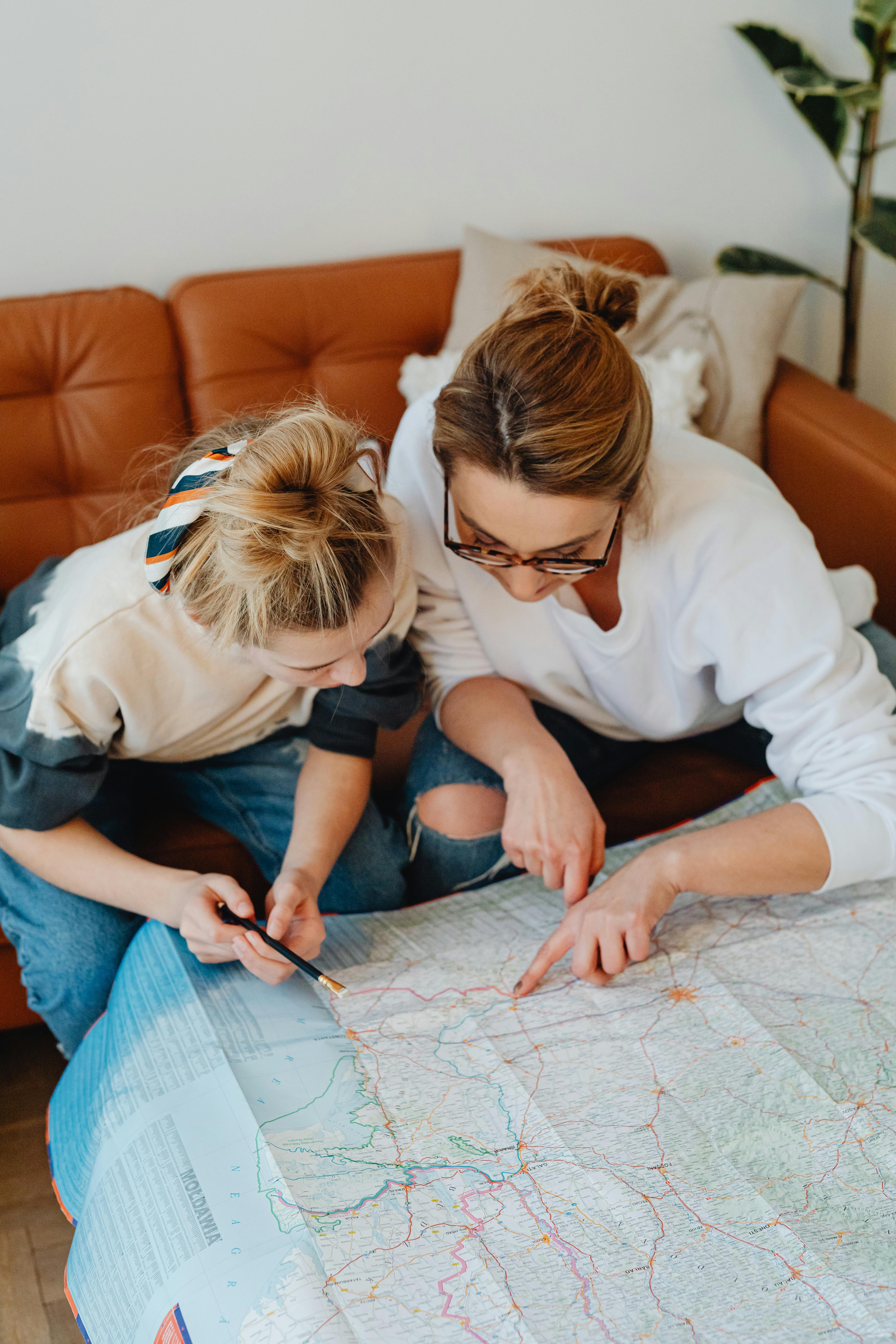Create Your Ultimate Family Travel Map Adventure
Mapping your family’s journey has never been more exciting or meaningful. In today’s experience-driven world, families are seeking creative ways to plan, document, and relive their travel adventures. A well-crafted family travel map provides the perfect solution—blending practicality with personal storytelling. This comprehensive guide will walk you through everything you need to know to create a powerful, functional, and memorable family travel map that grows with every trip.

Understanding the Fundamentals
The concept of a family travel map revolves around visual storytelling. It is a visual representation of places your family has visited or plans to explore. Whether it’s a world map pinned with destinations or a digital version with photos and notes, it serves as both a memory capsule and planning tool.
Over time, travel mapping has evolved from analog push-pin boards to dynamic, digital mapping tools. These maps not only track your travels but also encourage learning, connection, and goal-setting for future adventures.
1.1 The Purpose of a Family Travel Map
A family travel map is more than a decorative piece—it’s a personalized logbook. It encourages bonding through shared memories and aspirations. For instance, children can mark places they’ve visited and learn geography at the same time, which adds educational value to the experience.
According to a recent survey, families that actively engage in planning and reflecting on travel experiences are more likely to report stronger relationships and higher satisfaction from their vacations.
1.2 Digital vs. Physical Maps
Digital family travel maps offer interactive features like location tagging, photo integration, and collaborative input, making them ideal for tech-savvy families. On the other hand, physical maps bring a nostalgic touch, often hung as wall art or used as conversation starters in the home.
Each has unique benefits. Digital maps can be updated on the go, while physical maps provide tangible interaction for young children and elders alike.
Practical Implementation Guide
Once you understand the core benefits, the next step is to implement a system that works for your family. Building a family travel map can be as simple or elaborate as you wish, depending on your travel frequency, tech comfort level, and creative flair.

2.1 Actionable Steps
- Choose Your Format: Decide between digital (apps, websites) or physical (canvas prints, scratch maps).
- Gather Your Travel Data: Compile a list of past destinations and memorable experiences to include.
- Design and Customize: Use tools like Google My Maps or custom map services to personalize with names, dates, and photos.
2.2 Overcoming Challenges
Common challenges include maintaining accuracy, remembering all locations, and getting every family member involved. Use photo timestamps and travel receipts to jog memory. Assign roles like “navigator” or “memory keeper” to engage children.
Watch out for map clutter—avoid overwhelming the design. Keep it clean by categorizing destinations or limiting display data. Experts recommend updating your map after each trip to stay current and accurate.
Advanced Applications
After mastering the basics, families can take their travel map to new heights. Integrating multimedia, historical overlays, and route visualizations can turn a simple map into a travel archive. These applications deepen the connection to past adventures and enhance the planning of future ones.

3.1 Adding Multimedia Elements
Advanced family travel maps can include videos, voice notes, and interactive timelines. For example, using platforms like Tripline or Mapbox allows you to embed YouTube videos or sound clips, bringing your travel stories to life. Families who travel frequently often find these tools helpful for organizing years of travel memories efficiently.
3.2 Integrating with Smart Home Systems
Some families go a step further by displaying their family travel map on digital photo frames or smart TVs. With the help of integrations like IFTTT or Alexa routines, the travel map can even be voice-controlled or updated automatically from photo libraries.
Future Outlook
Technology is pushing the boundaries of personalized travel mapping. In the next 3–5 years, we can expect AR-enhanced maps, blockchain-based travel record keeping, and AI-curated travel recommendations based on family preferences and habits.
To prepare, families should familiarize themselves with emerging tools and adopt flexible platforms that can evolve. Teaching children to use mapping tools also equips them with valuable digital literacy skills for the future.
Conclusion
Creating a family travel map is a rewarding project that combines creativity, organization, and emotional connection. Key takeaways include choosing the right format, engaging the whole family, and keeping it updated with meaningful content.
Start your own family travel map today and transform how you experience and remember your adventures. It’s not just about marking places—it’s about building a legacy of exploration. Consider setting a goal to visit new destinations each year and let your map grow with your journey.
Frequently Asked Questions
- Q: What is a family travel map? A family travel map is a personalized map that tracks your family’s travels and experiences. It can be physical or digital, and often includes photos and notes.
- Q: How do I start a family travel map? Begin by choosing a format, collecting past travel data, and deciding on design elements. Involve all family members in the process.
- Q: How much time does it take to build one? Initial setup can take a few hours to a weekend, depending on complexity. Updating takes just a few minutes after each trip.
- Q: Are family travel maps expensive? They range from free DIY digital maps to premium physical options costing $50–$200. Price depends on customization and format.
- Q: How does it compare to a travel journal? Unlike journals, maps provide visual impact and are better for quick reference and display. Journals offer more depth in storytelling.
- Q: Is it hard to use digital map tools? Most platforms are user-friendly. Some offer templates or guided steps, making them accessible even to beginners.
- Q: Can this be used for homeschooling or education? Absolutely. It enhances geography learning, storytelling, and digital skills—all in a fun, personalized way.
